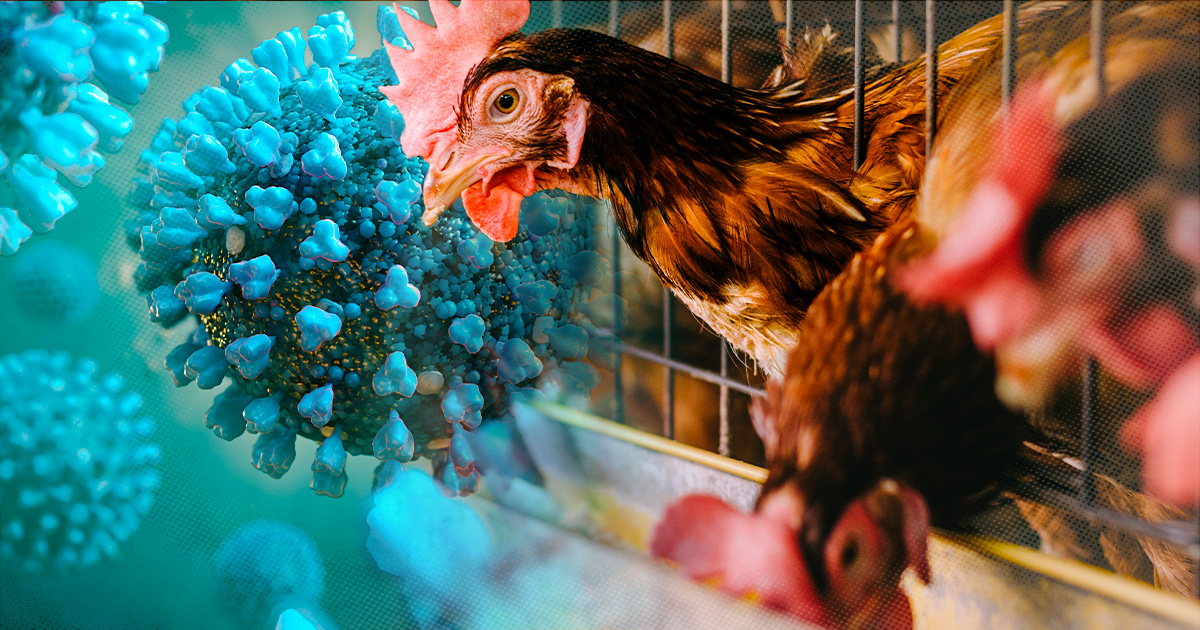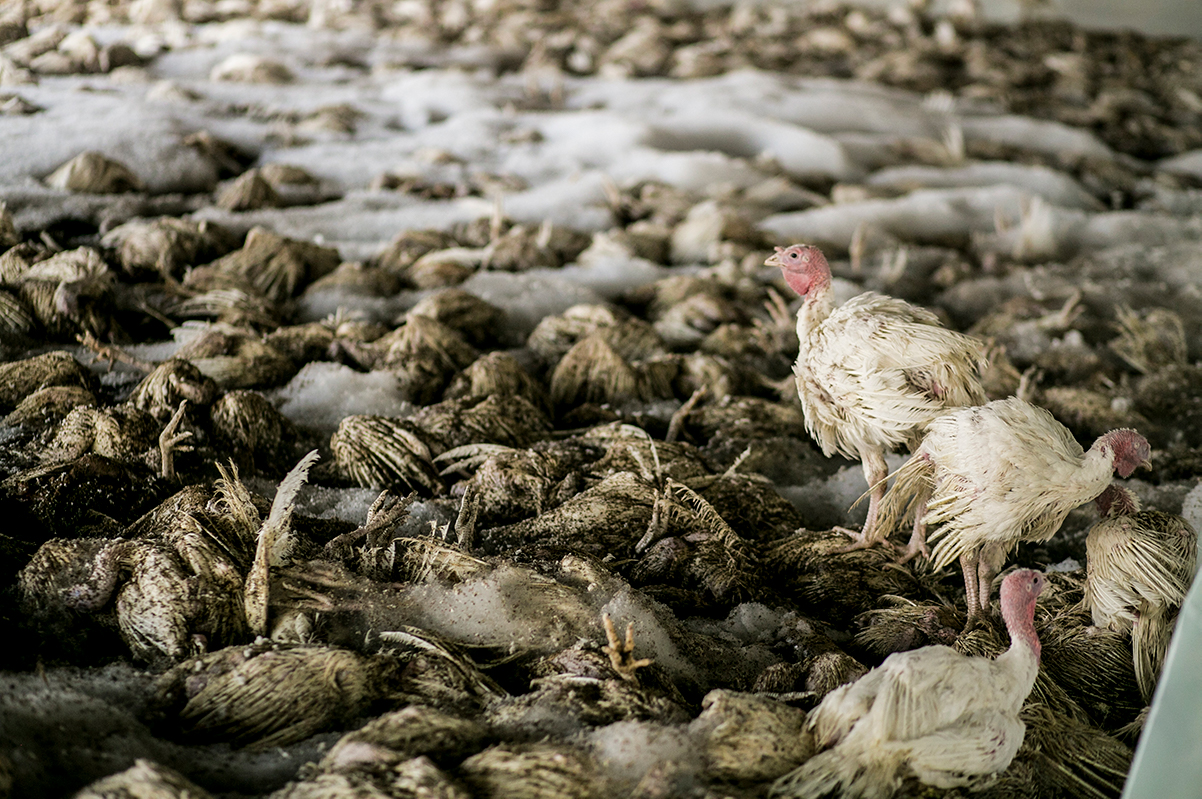Avian Influenza Overview

Avian influenza, also known as bird flu, is a highly contagious viral disease that affects birds. It can cause a range of symptoms, from mild respiratory problems to severe illness and even death. The virus can be transmitted through contact with infected birds or their bodily fluids, and it can also be spread through contaminated food, water, or equipment.
There are many different strains of avian influenza, and some are more deadly than others. The most well-known strain is H5N1, which has caused outbreaks in poultry and wild birds around the world. Other strains of avian influenza include H7N9, H9N2, and H10N8.
Transmission Methods
Avian influenza is primarily transmitted through contact with infected birds or their bodily fluids. This can occur when birds come into contact with each other, or when they come into contact with contaminated food, water, or equipment. The virus can also be spread through the air, but this is less common.
Impact on Poultry and Wild Birds
Avian influenza can have a devastating impact on poultry and wild birds. In poultry, the virus can cause respiratory problems, diarrhea, and death. In wild birds, the virus can cause a range of symptoms, including respiratory problems, conjunctivitis, and neurological problems. Some strains of avian influenza can also be fatal to wild birds.
Avian Influenza Symptoms and Diagnosis

Avian influenza, commonly known as bird flu, can cause a range of symptoms in poultry and wild birds. Understanding these signs and the methods used to diagnose avian influenza is crucial for effective control and prevention.
Clinical Signs and Symptoms
In poultry, avian influenza can manifest with a variety of clinical signs, including:
- Respiratory symptoms: Coughing, sneezing, nasal discharge
- Nervous system signs: Tremors, seizures, incoordination
- Digestive issues: Diarrhea, vomiting
- Swelling and discoloration of the head, neck, and wattles
- Reduced egg production or abnormal eggs
Wild birds may exhibit similar symptoms, but they can also be asymptomatic carriers, making detection more challenging.
Diagnostic Methods, Avian influenza
Confirming avian influenza requires laboratory testing. Several methods are commonly used:
- Polymerase chain reaction (PCR): Detects viral RNA in samples from infected birds.
- Virus isolation: Isolates the virus from infected tissues or fluids.
- Serological tests: Detect antibodies produced by the immune system in response to infection.
Surveillance plays a vital role in detecting and monitoring avian influenza outbreaks. Regular monitoring of poultry flocks and wild bird populations helps identify potential cases and prevent the spread of the disease.
Importance of Early Detection and Reporting
Early detection and reporting of avian influenza outbreaks are essential for effective control. Prompt action can prevent the virus from spreading to other flocks or wild bird populations. Reporting suspected cases to veterinary authorities allows for timely investigation, implementation of control measures, and reduction of the risk of transmission.
Hey guys, did you hear about the avian influenza outbreak? It’s a serious thing, but don’t worry, it’s not like it’s going to affect your next flight on Delta Airlines. Speaking of Delta, did you see that controversy about the Palestinian flag?
Here’s the scoop. Anyway, back to the avian influenza, stay safe and wash your hands often.
As an avid bird lover, I’m always concerned about avian influenza. But hey, let’s take a break from bird talk and check out this Delta Airlines Palestinian flag controversy. Who knew airlines could get so political? Anyway, back to the birds, avian influenza is a serious issue that we need to keep an eye on.